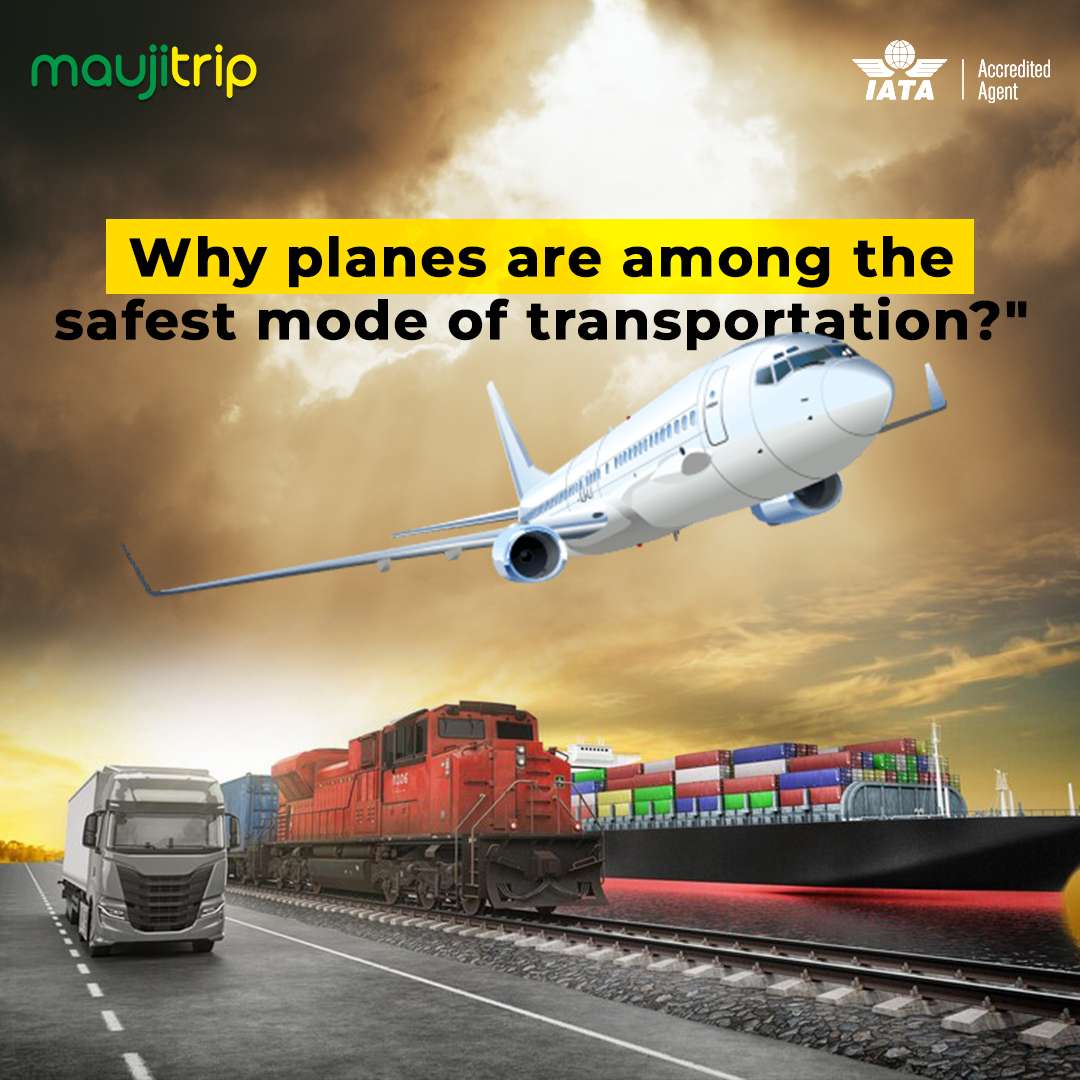Why are planes among the safest modes of transportation?
Certain individuals worry about their wellbeing while at the same time making on the web flight ticket booking. Air travel has turned into a fundamental part of our daily routines in the high speed world we experience in today. In spite of periodically showing up in press titles, planes keep on being among the most secure method for transportation. This blog expects to look at the elements that add to flying wellbeing and illuminate the safeguards taken to keep up with traveler security.
Severe Air terminal Safety efforts
Worldwide air terminals embrace exhaustive safety efforts to guarantee explorer security. These cycles involve intensive screening of travelers, assets, and cargo using state of the art devices. These severe controls altogether bring down the chance of unapproved individuals or things loading up planes. This predictable devotion to security ensures that travelers might travel effortless and securely.
Advance Airplane Innovation
With consistent presentation of advances further develop security, the flight area keeps on being at the bleeding edge of specialized improvement. Present day airplane are furnished with state of the art hardware, like high level route frameworks, continuous weather conditions observing, and crash evasion innovation. These improvements increment the viability of air travel as well as fundamentally bring down the chance of disasters and calamities.
Proficient Pilots
Prior to flying business airplane, pilots should finish concentrated preparing and pass extreme guidelines. They are know all about flight security strategies and have gotten preparing on the best way to deal with various conditions, including crises. To keep their abilities and information modern, pilots likewise go through routine capability testing and continuous preparation.
Crisis Readiness and Overt repetitiveness
To guarantee consistent activity in case of breakdowns, significant frameworks on airplane are worked in light of overt repetitiveness. Air terminals additionally have offices and crisis reaction groups to oversee unforeseen conditions. Ordinary crisis penetrates and preparing practices further develop capacities with regards to readiness and response.
Learning and Steady Improvement
The flight area is devoted to committing upgrades consistently and gaining from errors. Every occurrence is completely explored, and any examples learned are scattered all through the area. This way to deal with cooperative learning makes it simpler to see potential risks and set up the right enhancements to additionally further develop security.
Trustworthy Aviation authority
The wellbeing of air travel is enormously affected via aviation authority Air Traffic Control (ATC). ATC workers watch out for airplane developments, offer course, and keep distance between airplane. They really control air traffic by using state of the art radar frameworks and correspondence methods, diminishing the chance of accidents and different issues.
Wellbeing Announcing Frameworks and Culture
A hearty security culture in the flying area advances open correspondence and the revealing of wellbeing issues. Pilots, team individuals, and ground representatives might report any security related issues secretly because of strategies set up via aircrafts and flying specialists. This proactive methodology supports spotting potential issues and setting up careful steps.
Indeed, flight is still among the most secure methods of transportation. The serious level of security in flying is a consequence of severe wellbeing regulations, present day airplane innovation, profoundly qualified pilots, powerful aviation authority, a solid security culture, overt repetitiveness measures, and continuous improvement drives. Wellbeing will stay an essential concentration as the area creates, giving travelers the certainty to choose air travel as a trustworthy and secure method of transportation.
















